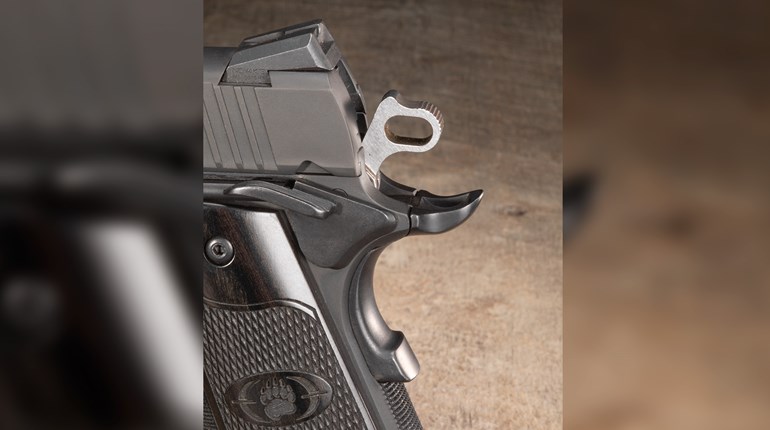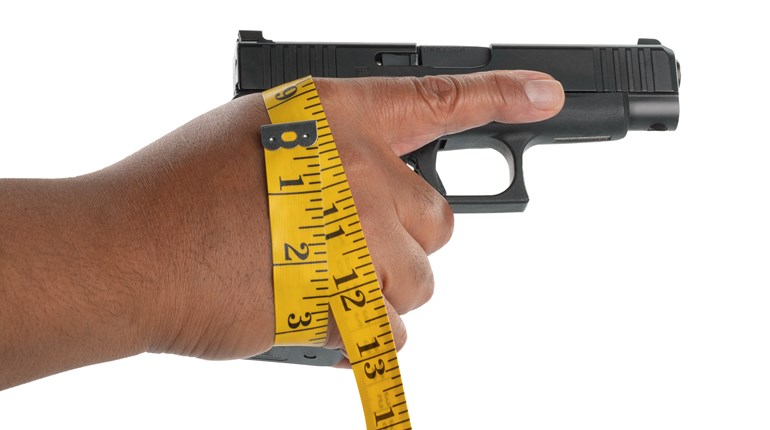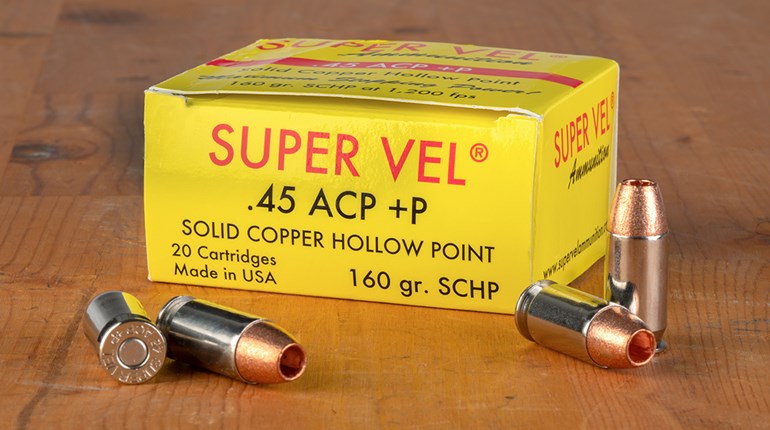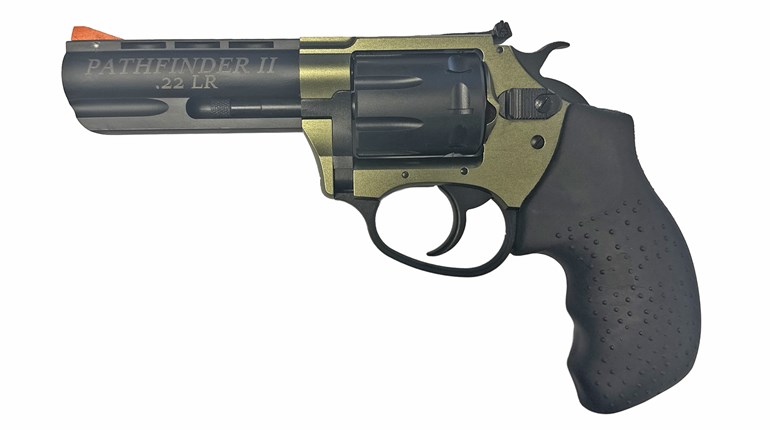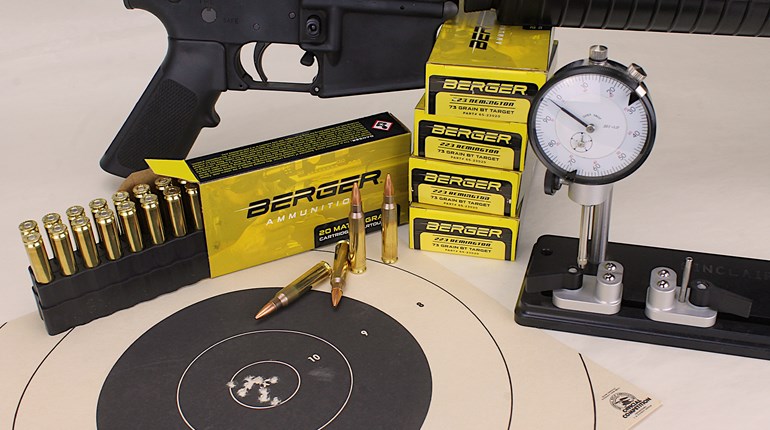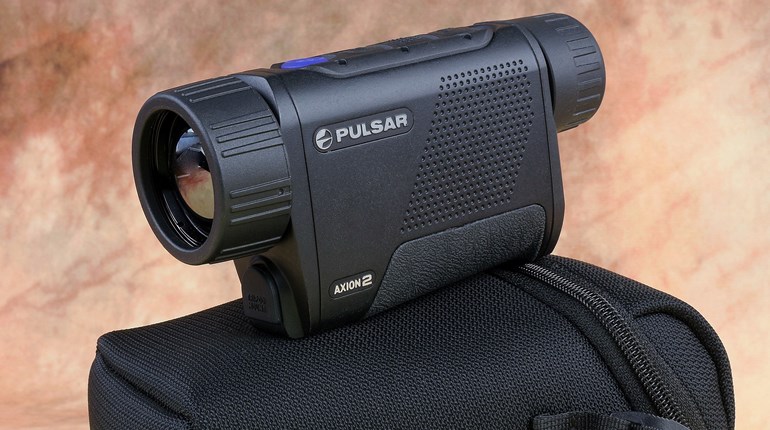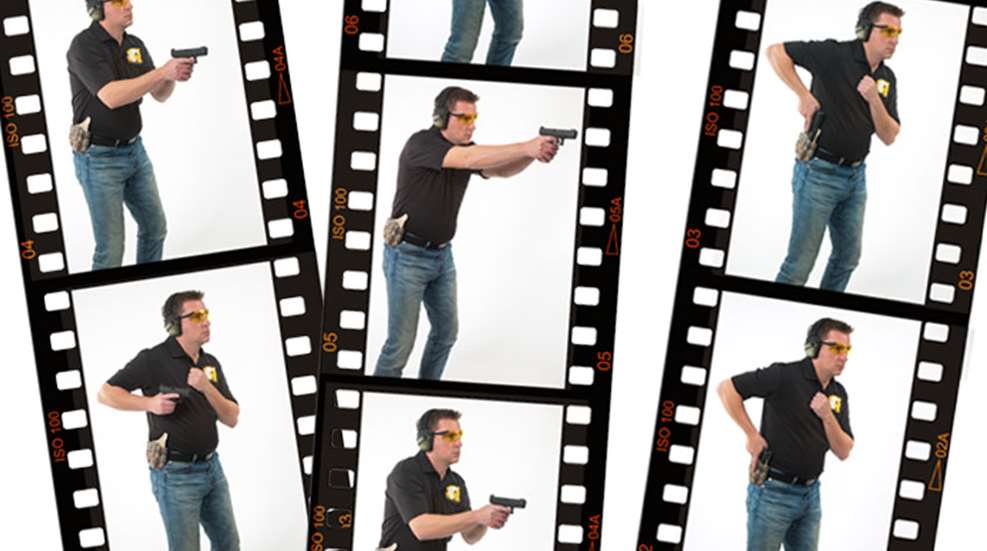
The Problem
You have been told that repetition is the secret to improving your skills and maintaining the edge that satisfies the goals you have set for yourself. Even though you have thousands of repetitions of basic handling and shooting skills, it has become going through the motions without noticeable improvement. In fact, it has become a chore that is somewhat boring to go through the repetitions over and over again with every visit to the range.
There must be a better way (and a shorter route) to improve and sustain shooting skills—not to mention making it interesting and fun.
The Solution
Repetition plays an integral part in learning and retaining the mental and physical aspects of handling and shooting a handgun.
What instructors and individuals alike fail to recognize is the detailed manner in which each individual repetition is performed. Paying close attention to the details is paramount to achieving the desired result in the least amount of time. In short, there is often a lack of understanding the intricacies of the mental, visual and physical attention necessary when initially performing a task.
It is fact that initial repetitions should be executed in very fine specifics and have the full attention of the shooter in order to maximize performance. However, it is not unusual in as little as two to three iterations for the average shooter to have focus and attention start to fade and performance start to degrade. The more this is prolonged, the poorer the repetition and the less satisfactorily the skill is performed.
An excellent way to fine-tune new or previously learned skills is to practice the technique of self-coaching. It could also be called self-analysis or performance diagnostics, with the result being the same in either case.
What makes it interesting is that you step outside of being the shooter and become the coach, detecting and correcting your own deficiencies through self-observation. By taking a performance deficiency and analyzing why it is being done in the manner it is done and what can be done to rectify the problem, positive results can be quickly realized by making subtle changes that better suit the action.
When troubleshooting a drill or technique, the action should be performed at one-half speed or slower. By doing this, errant movement, distracting thoughts or visual deficiencies are uncovered, which provide reasons to pursue corrective action. This allows a detailed look at what must be experienced to execute the most efficient means of performing an action. It also helps to understand that any unnecessary or errant movement in the cycle of performance produces an undesirable result.
A simple example of a foundational drill, which is comprised of all of the necessities for accurate shot placement on a target is the Wall Drill. The Wall Drill is a dry-practice drill (so triple check to ensure your pistol is unloaded and perform it in a room where no live ammunition is present) and a valuable tool in diagnosing accuracy deficiencies.
When executed properly, all of the elements necessary to shoot an accurate shot are visually present as well as physically performed. In other words, what you need to see and feel to make an accurate shot are present and can validate the execution of proper technique.
Deficiencies like blinking or closing your eyes as the trigger breaks, tightening your grip as the trigger is pulled or inconsistently gripping with your non-dominant hand can all be easily self-diagnosed using the Wall Drill. Once a deficiency is recognized, then it is time to put on the coach’s hat and use the advice you would give another shooter to solve your problem.
Another simple drill from which most shooters can benefit when practiced correctly is drawing from the holster and dry firing a single shot on a target. Perform the exercise one-half speed or even slower so as not to mask any errant movement or deficiencies in any part of the drill. Things to watch might include how smoothly the gun is moved from the holster to the target, at what point in the draw is the muzzle is pointed at the target, at what point in the draw does the index finger contact the trigger and where the eye focus is when the trigger releases the striker or hammer. Each of these elements is important in optimizing the speed and accuracy in delivering shots with the expected performance when honing handgun skills.
Attention to detail will always yield better results in achieving performance goals than will mindless repetition.












